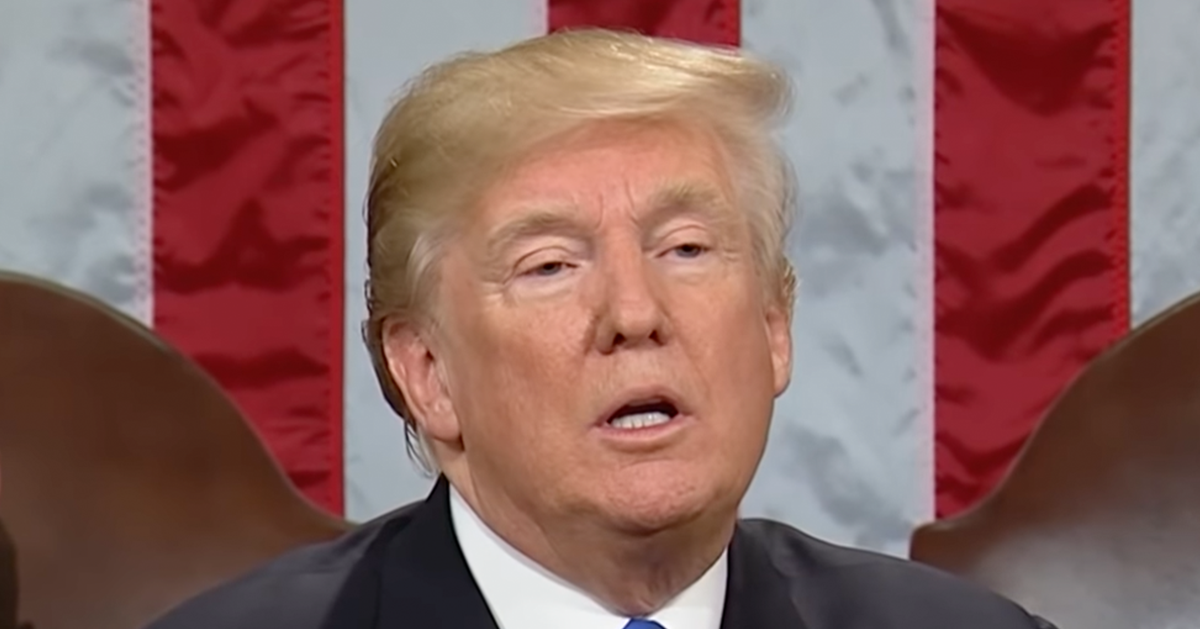Houthis escalate hostilities by targeting US aircraft
The recent targeting of a U.S. F-16 fighter jet and an MQ-9 Reaper drone by Houthi rebels off the coast of Yemen marks a pivotal moment in a complex and escalating conflict.
This unprecedented attack signifies a major escalation in the military dynamics between the Iranian-supported Houthi group and the United States military, as Fox News reports.
On Feb. 19, a significant incident unfolded over the Red Sea as Houthi rebels launched surface-to-air missiles at American military aircraft.
The targeted aircraft included a U.S. Air Force F-16 fighter jet, marking a first in the history of Houthi confrontations with U.S. forces.
Details of Houthi Missile Attack
The F-16 was flying over the Red Sea, off the Yemeni coast, when it was targeted. Fortunately, the missile failed to hit the jet, allowing it to continue its mission unscathed.
Simultaneously, the Houthis also set their sights on an MQ-9 Reaper drone flying over non-Houthi-controlled territories. This dual attack showcases the evolving threat posed by the rebels.
The event underscores a significant shift in the conflict's dynamics. The Houthis, previously engaging primarily with ground forces and localized skirmishes, have now demonstrated their capability and willingness to target sophisticated U.S. military aircraft.
This development has caused alarm among U.S. defense officials, who have long monitored Houthi activities in the region. "This is the first instance where a SAM missile was aimed at our F-16," explained senior U.S. defense officials, highlighting the serious nature of this escalation.
Escalation Raises Concerns Among U.S. Officials
The targeting of American aircraft is part of a broader pattern of increased military provocations. Since October 2023's Hamas attack on Israel, U.S. military vessels stationed in the Red Sea have ramped up their defensive protocols to counter potential Houthi threats.
Recent actions have further intensified regional tensions, leading to increased patrols in the Red Sea and Bab al Mandab Strait by the U.S. Navy. The United States’ escalation of attacks on Houthi positions is a direct response to retaliatory measures following incidents in Gaza.
Counterterrorism experts within the military are currently engaged in heated discussions. The debate centers on whether to intensify traditional counterterrorism efforts or to adopt a more defensive posture, considering the risks associated with direct engagements.
Moving Toward Strategic Reassessment
The choice between persistent strikes on key Houthi figures planning assaults and defensive maneuvers around American assets looms large. Ultimately, the White House will make the final decision on the strategic approach. This delicate balancing act is critical as officials work to mitigate risks without escalating the conflict further.
Moreover, senior military leaders are concerned that an eventual missile strike on a U.S. naval vessel could cause "devastating injuries" and substantial damage to America's naval assets in the region.
The implications of such an event would resonate geopolitically, impacting U.S. military strategy and diplomatic relations across the Middle East.
Despite the challenges, the U.S. Navy has successfully intercepted all attempted Houthi attacks within the past two years. These interceptions often occurred just seconds before potential impacts, underlining the precision required in current operations.
Assessing Potential Impact of Future Attacks
The U.S. has maintained a vigilant stance, deploying warships armed with advanced defensive systems to guard against high-stakes encounters with Houthi forces. The efficacy of these measures remains under constant review, with military analysts scrutinizing each engagement to enhance strategies.
The situation remains fluid, as U.S. defense spending and strategic allocations adjust to address the emerging threats. Future interactions between the Houthis and U.S. forces are likely to inform broader defense and foreign policy revisions.
As the conflict continues to evolve, international stakeholders are increasingly concerned about stability within the region. The Houthi threat adds layers of complexity to an already intricate geopolitical landscape, influencing diplomacy and defense policy on a global scale.



